Guava (Psidium guajava), known for its rich nutritional value and adaptability, has become a prominent fruit in both tropical and subtropical climates. Among the global leaders in guava cultivation, India and Brazil stand out as two key producers with distinct agricultural ecosystems, cultivation techniques, and market approaches. This article explores the similarities and differences between guava farming in India and Brazil, offering a comparative analysis of climatic influences, farming practices, varieties grown, pest and disease management, yield, and export potential.
1. Climatic and Geographic Conditions
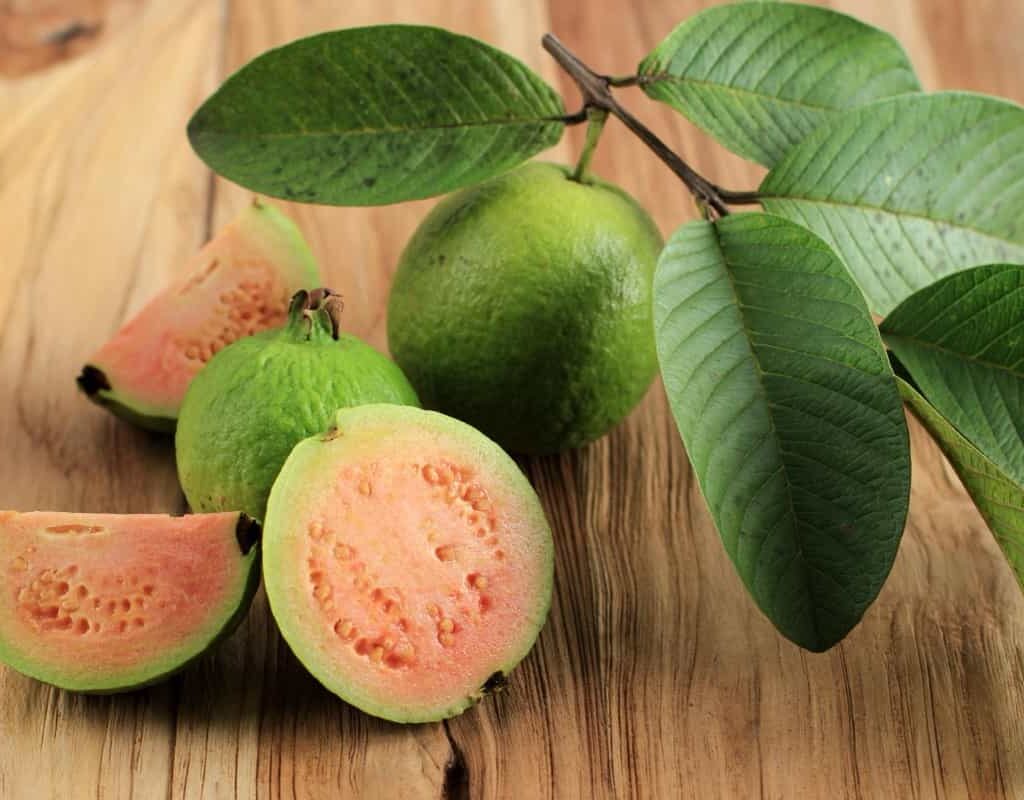
India:
India enjoys a vast range of agro-climatic zones, but guava thrives particularly well in tropical and subtropical regions. States like Uttar Pradesh, Bihar, Maharashtra, Madhya Pradesh, and Tamil Nadu dominate production. The ideal temperature for guava cultivation in India ranges from 23°C to 28°C. Guava is a hardy crop and can tolerate both drought and light frost, making it suitable for rainfed agriculture in many Indian regions.
Brazil:
Brazil, being the largest country in South America, has equally diverse climatic zones. Guava farming is mainly concentrated in the southeastern and northeastern parts, particularly in states like São Paulo, Minas Gerais, and Pernambuco. The Brazilian climate is generally favorable for guava, with temperatures ranging between 20°C to 30°C and relatively stable humidity levels that support robust fruit development.
Comparison:
Both countries benefit from favorable climates, but Brazil’s slightly more uniform climatic conditions and better rainfall distribution often result in higher fruit quality and fewer weather-related crop failures.
2. Varieties of Guava Cultivated
India:
Indian farmers cultivate several popular varieties like Allahabad Safeda, Lucknow 49, Arka Mridula, Shweta, and Lalit. Allahabad Safeda is prized for its sweetness and soft texture, while Lalit is known for its pink pulp and appealing appearance.
Brazil:
Brazil specializes in both white and red-fleshed varieties, with Paluma and Século XXI being the most cultivated. Paluma is widely grown due to its high yield, extended shelf life, and resistance to pests. The red-fleshed varieties are often preferred for juice and pulp extraction.
Comparison:
India leans more towards fresh fruit consumption with diverse regional preferences, while Brazil’s guava varieties are largely cultivated with an eye on the processing industry, such as for pulp, juice, and jams.
3. Farming Practices and Technology
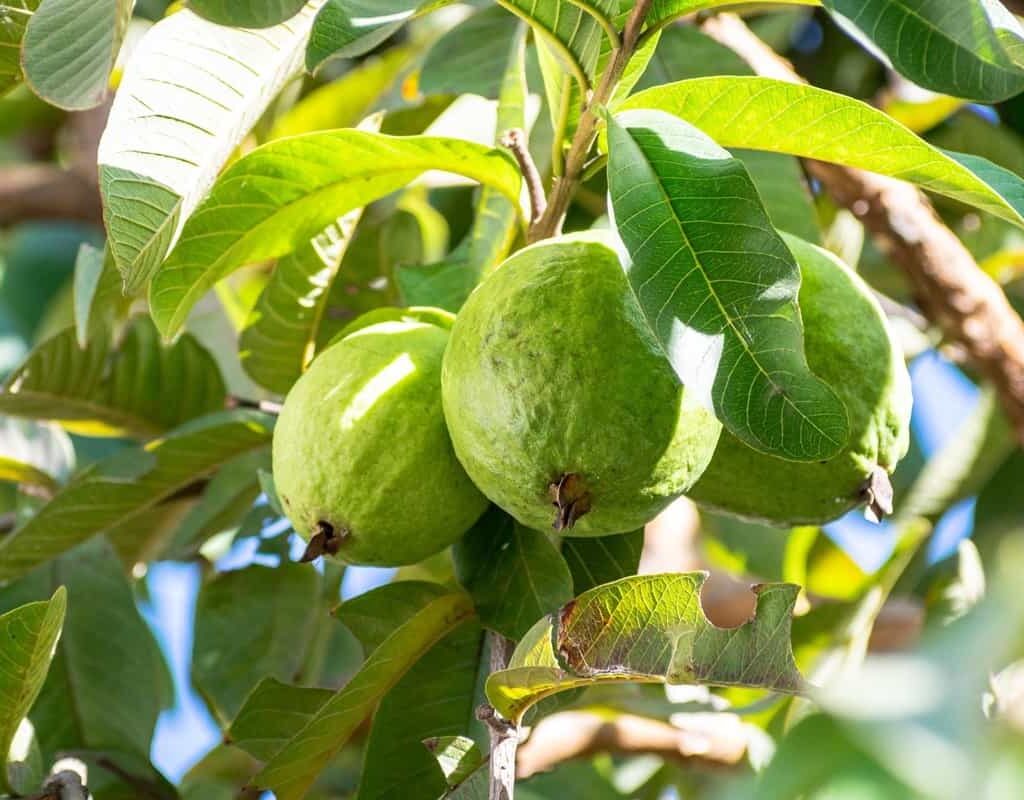
India:
Guava cultivation in India is still dominated by small and marginal farmers. Traditional practices like basin irrigation, organic manure application, and manual pruning are widely used. However, in progressive states, drip irrigation, high-density planting, and integrated pest management (IPM) are gaining traction. Agricultural universities and Krishi Vigyan Kendras (KVKs) provide periodic training and guidance.
Brazil:
Brazilian guava farming is more technologically integrated. Most commercial farms use mechanized pruning, drip irrigation, fertigation, and pest control systems. The Brazilian Agricultural Research Corporation (EMBRAPA) plays a pivotal role in developing high-yielding, disease-resistant varieties and disseminating advanced techniques to farmers.
Comparison:
Brazil’s guava farming benefits from stronger research support and widespread adoption of modern technologies, while India, though improving, still exhibits a dichotomy between traditional and modern practices.
4. Pest and Disease Management
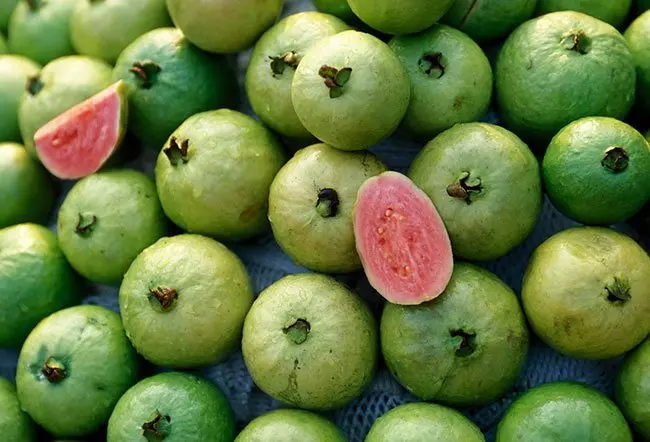
India:
Guava crops in India are susceptible to pests like fruit flies, stem borers, and guava wilt. Diseases such as anthracnose and powdery mildew are also prevalent. Farmers often rely on chemical pesticides, though there is growing awareness of organic and integrated management practices.
Brazil:
Brazil emphasizes biological control methods and integrated pest management. Fruit flies are the most damaging pest, but the use of pheromone traps and natural predators has shown success. Brazilian growers also follow stringent phytosanitary standards to ensure fruit safety for export.
Comparison:
Brazil leads in sustainable pest management practices, partly due to its need to meet international export regulations. India is gradually shifting toward safer and more environmentally friendly methods.
5. Productivity and Yield
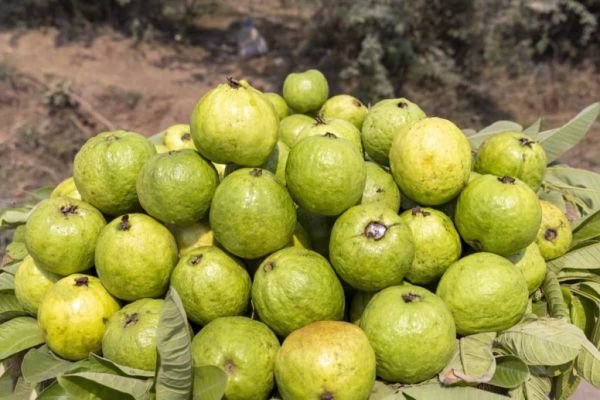
India:
Guava productivity in India ranges between 10 to 25 tons per hectare, depending on the variety and region. Rainfed conditions, poor post-harvest practices, and pest infestations sometimes reduce yield and fruit quality.
Brazil:
Brazil generally records higher yields, ranging from 20 to 35 tons per hectare, especially in commercial orchards using scientific cultivation methods. The use of certified planting material and better orchard management contributes to consistent productivity.
Comparison:
Brazil has an edge in productivity due to better farm mechanization, disease control, and scientific orchard management.
6. Post-Harvest Handling and Processing
India:
Post-harvest losses in India are significant due to inadequate storage, poor transportation infrastructure, and limited cold chain facilities. Most guava is sold in the fresh fruit market, and only a small portion is processed into juice, jelly, or pulp.
Brazil:
Brazil has a well-developed agro-processing industry. Guavas are extensively processed into puree, jam, and nectar. Post-harvest technologies like cold storage, wax coating, and grading machines are widely used, helping extend shelf life and maintain fruit quality.
Comparison:
Brazil’s investment in post-harvest infrastructure and value addition offers better returns to farmers and contributes to a more resilient supply chain compared to India.
7. Domestic and Export Markets
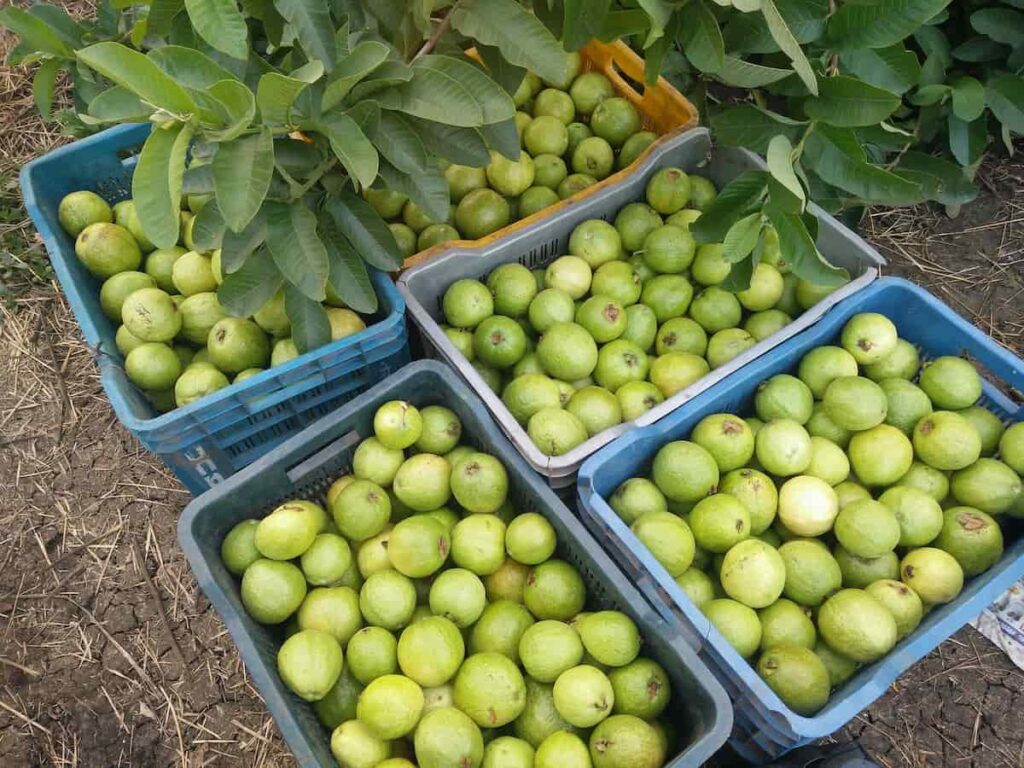
India:
India is the world’s largest producer of guava but exports only a small fraction. Domestic consumption dominates, driven by affordable prices and year-round availability. Export destinations include UAE, Bangladesh, and Nepal, though phytosanitary compliance and packaging issues limit international penetration.
Brazil:
Brazil, while not the top producer, has established itself as a significant exporter, especially of processed guava products. Countries in North America and Europe import Brazilian guava pulp and concentrate, attracted by its consistent quality and adherence to international standards.
Comparison:
India has volume but lacks robust export systems; Brazil leverages quality and processing to target high-value export markets.
8. Government Support and Policies
India:
Government schemes under MIDH (Mission for Integrated Development of Horticulture) provide subsidies for orchard establishment, drip irrigation, and post-harvest management. State-level horticulture departments also offer support, but bureaucratic delays and low awareness reduce effectiveness.
Brazil:
The Brazilian government and EMBRAPA offer extensive technical and financial assistance, particularly to commercial growers. Policies support research, sustainable farming, and export promotion, making it easier for farmers to adopt best practices.
Comparison:
Brazil’s streamlined policies and stronger research-extension link have created a more conducive environment for commercial guava farming.
Conclusion
Guava farming in both India and Brazil reflects the adaptability and importance of this fruit in tropical agriculture. While India dominates in terms of production volume and diverse consumption patterns, Brazil excels in quality, technology use, and export readiness. As global demand for exotic and healthy fruits like guava continues to rise, both nations have much to learn from each other.
India could benefit by adopting Brazil’s scientific methods and focusing more on value addition and export standards. Conversely, Brazil could take inspiration from India’s genetic diversity and explore consumer-driven innovations. Together, these countries represent the future of sustainable and profitable guava cultivation on the global stage.



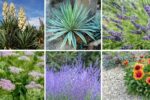
Leave A Comment